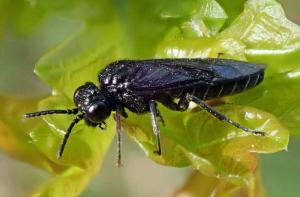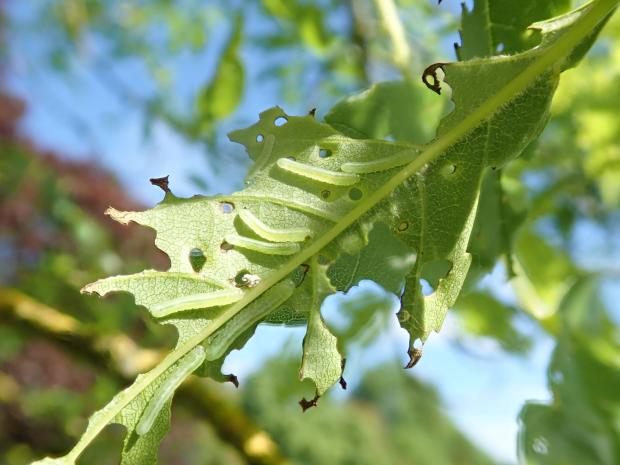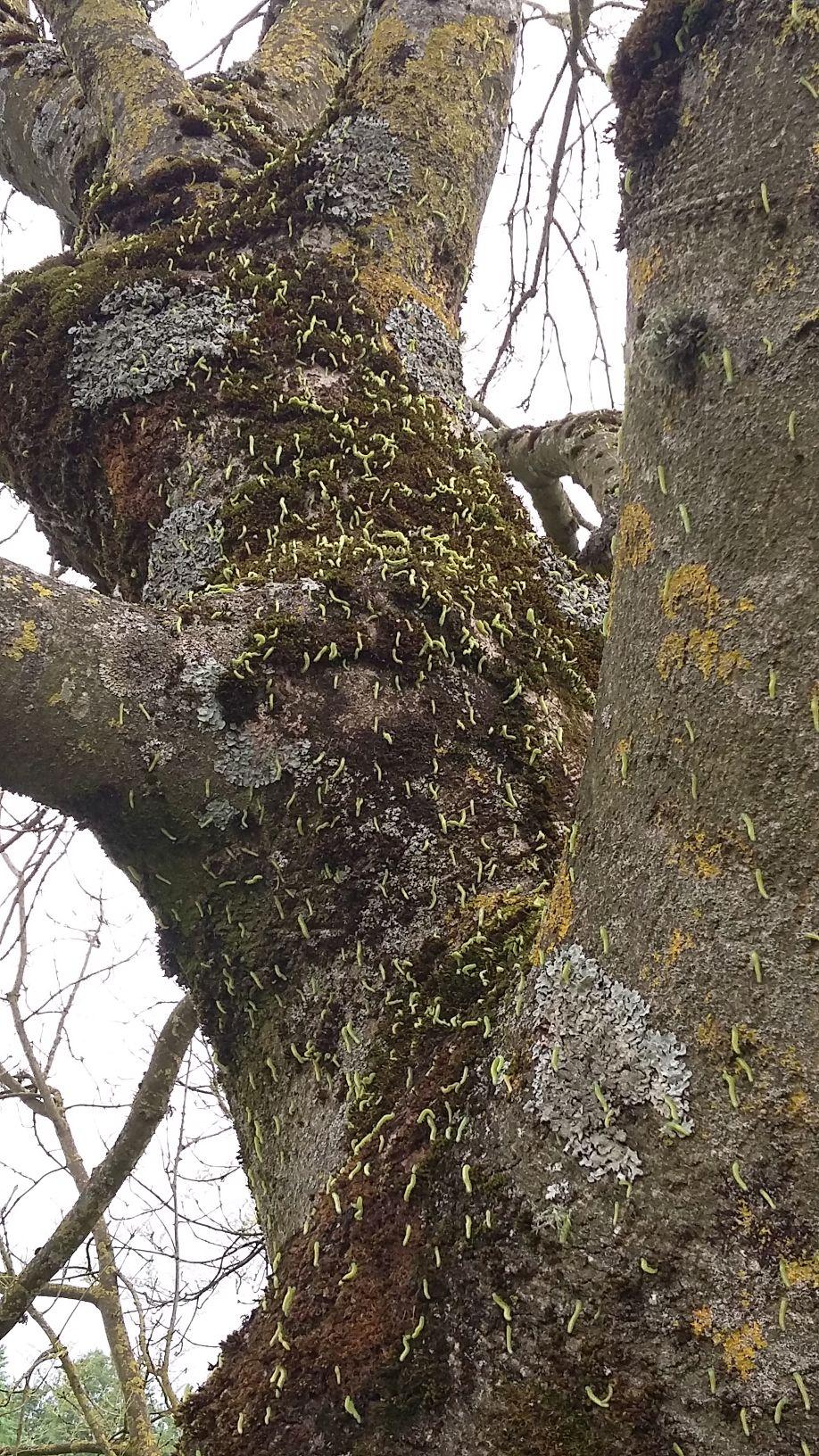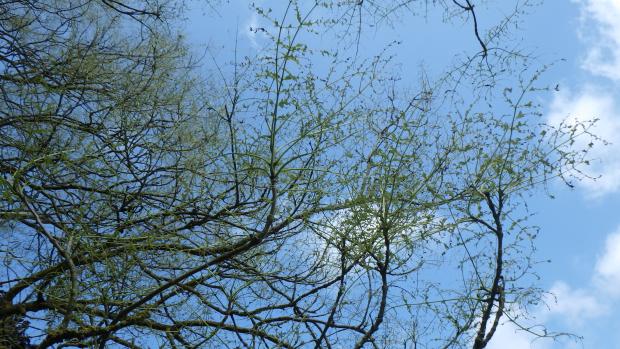Ash Sawfly - Defoliation of ash trees in NI
Date published:
AFBI, supported by DAERA, has an active surveillance programme for threats to plant health. Through this surveillance AFBI has recently received several reports from the public where massive numbers of caterpillars have been seen damaging ash trees, particularly along the Lagan Valley area.

The ash trees in some cases were completely devoid of leaves (defoliated), with a considerable number of the insect larvae descending the trunk of the trees towards the surrounding soil.

T. nigritus has been responsible for the complete defoliation of large ash plantations during severe outbreaks with up to 800 ha being affected between 1999 and 2000 in the Czech Republic. Other countries such as Norway and Croatia have seen defoliation of ash trees only in urban areas.

What is to be done about them?

Notes to editors:
AFBI’s Vision is “Scientific excellence delivering impactful and sustainable outcomes for society, economy and the natural environment”.AFBI’s Purpose is “To deliver trusted, independent research, statutory and surveillance science and expert advice that addresses local and global challenges, informs government policy and industry decision making, and underpins a sustainable agri-food industry and the natural and marine environments”.AFBI’s core areas:Leading improvements in the agri-food industry.Protecting animal, plant and human health.Enhancing the natural and marine environment.